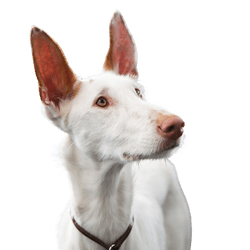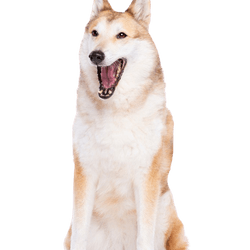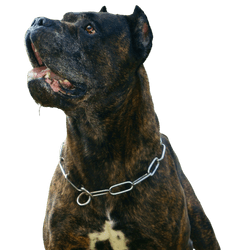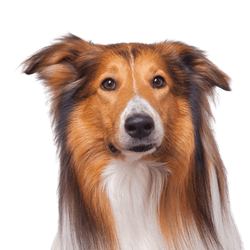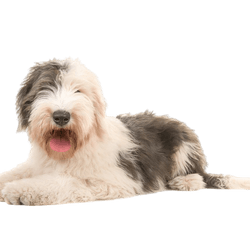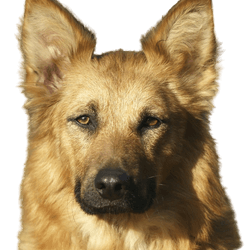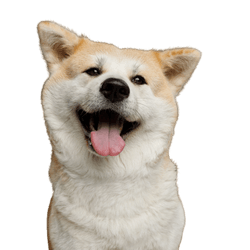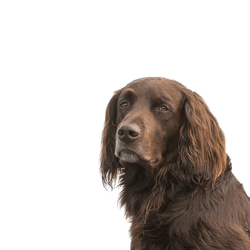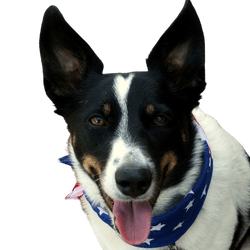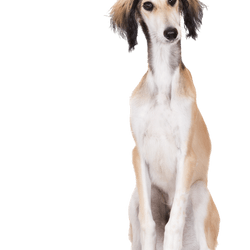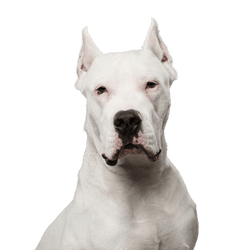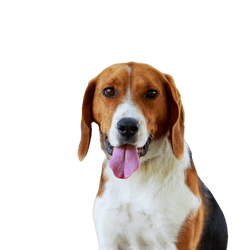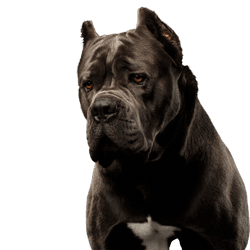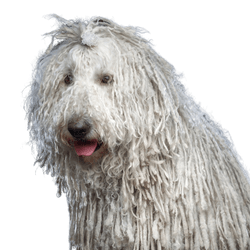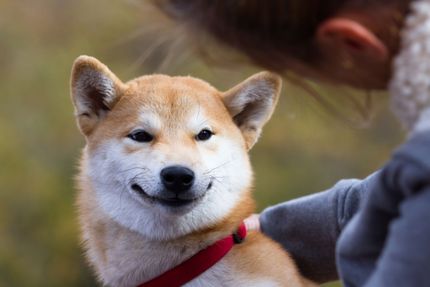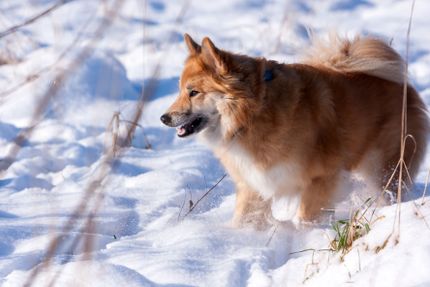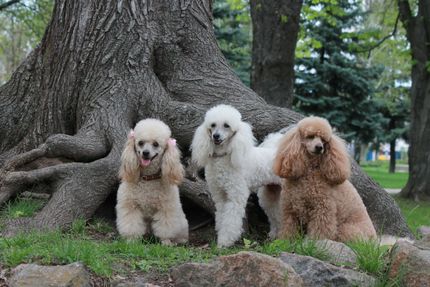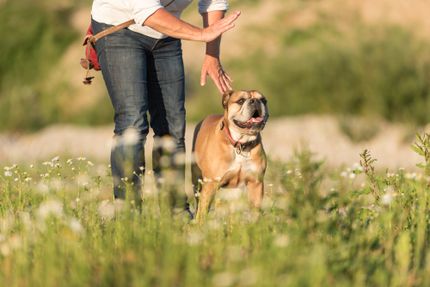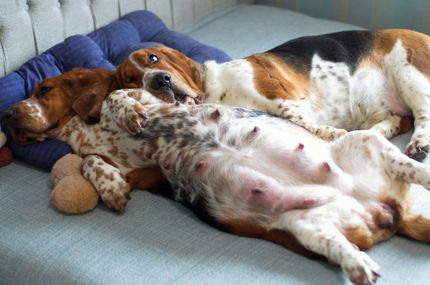
Tosa Inu Breed description: Character & Co
Tosa Inu
Facts & Origin
The Tosa or Tosa Inu is a former Japanese fighting dog. Completely different from western fighting dogs, it did not bite his opponents, but wrestled them to the ground. It is rarely found over here and unfortunately it is considered a list dog in many regions.
The origin of the Tosa Inu
The breed probably originated in Japan during the 19th century. "Tosa" is a region that was ruled by an independent prince at the time.
"Inu" is beside "Ken" a Japanese word for dog. Translated, the name means "dog from Tosa". The exact evolution of the breed is not clear. Breed researchers assume that the pointy local Shikoku Ken was crossed with brawny western breeds. Genetic studies showed a relationship with the Mastiff, Bulldog, Great Dane and even the St. Bernard.
The intention was quite clearly to breed a Japanese fighting dog. Peculiarly, the Japanese answer to Western fighting dogs fights was to fight like a sumo wrestler. Instead of angrily biting each other with bared teeth, these dogs wrestled each other down. Biting led to the immediate disqualification of the dog.
Today the dog is still kept in Japan as a guard dog of larger estates. The Tosa Inu breeding is done there with greatest care and finest selection.
The breed characteristics of the Tosa Inu
The Mastiff heritage is still clearly visible in the Tosa today. Nevertheless, the Tosa Inu appears finer and more delicate than most comparable western breeds.
In Japan it is known for its fearlessness and a very moderate temperament. The Europeans discovered the Tosa because it was suitable as a replacement for dog breeds that had fallen into disrepute. Dubious owners imported almost all dogs that were somehow considered dangerous or suitable as status symbols. No wonder that this dog soon ended up on the lists. But their nature is actually very friendly towards humans.
- Japanese fighting dog
- bred for wrestling and not as a biter
- today often guard dog
- FCI Standard No. 260,Group 2, Section 2: Molossoids, 2.1 Great Dane dogs
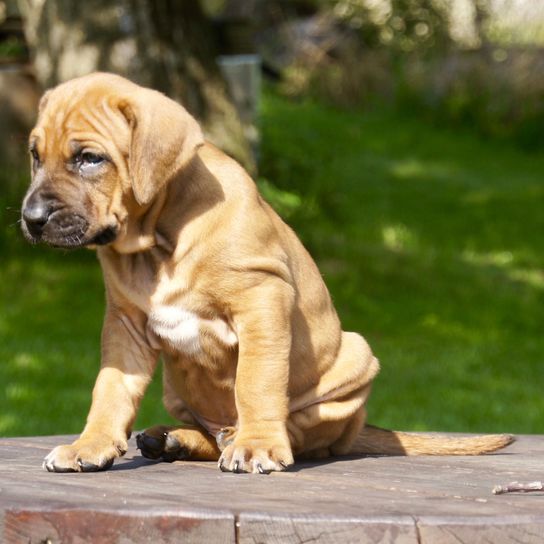
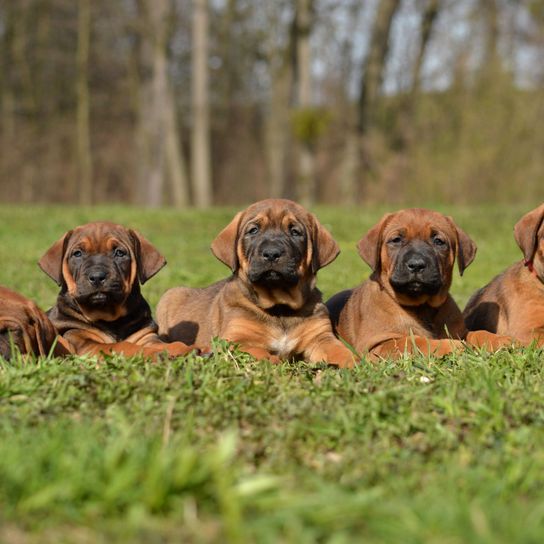

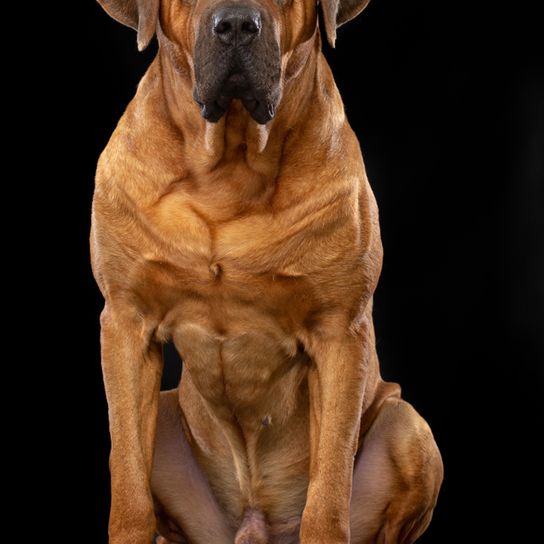
| Alternate Name | Japanese Tosa, Tosa |
| Origin | Japan |
| Life expectancy | 10 - 12 years |
| Care requirements | low-maintenance |
| Activity level | average |
| FCI group | Molossian type |
| AKC group | not recognised |
| KC group | not recognised |
Attitude, character and temperament of the breed
The typical characteristics of the Tosa Inu
A Tosa Inu won't get upset too quickly! It is considered to be very calm and only in extreme situation it can be quick-tempered. Towards humans they are completely peaceful, if you haven't trained them to act otherwise in any way. The dog only became conspicuous because of the keeping by already mentioned bad dog owners.
At the same time it belongs to the lovably quiet to stoic Molossiods. You can train them or better said, show them their limits again and again. The dog is docile and obedient. With clear guidelines it will soon find its place and keep it. Due to its rarity in our areas there are few reliable statements about their suitability as a family dog to be made. In Japan it lives very closely with its humans and shows no problems doing so.
If you want to buy a dog like this, you should already have experience with stubborn characters. Apart from all this, keeping a Tosa will be a real adventure and you would be one of the few owners of this breed! The Molossians are generally said to have a very sociable nature. Because of the attachment to house and ground you can leave such a dog alone for a longer time. Provided that you have a big house and a garden or a plot of land which they can guard.
- calm to stoic temperament
- aggressive only when trained to do so
- needs to be shown its place and limits
- is regarded as very friendly towards people
Character
Usage
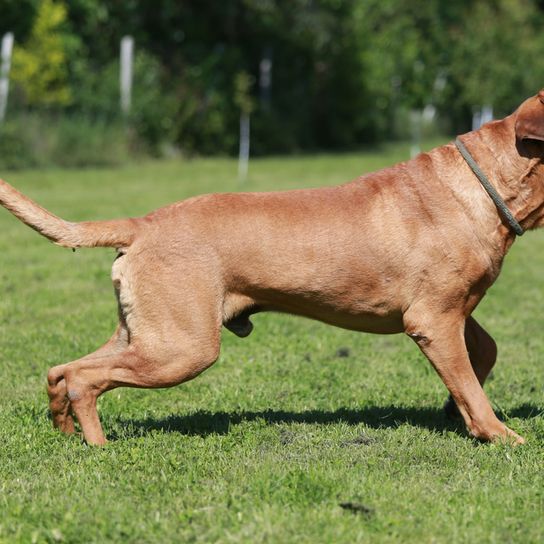
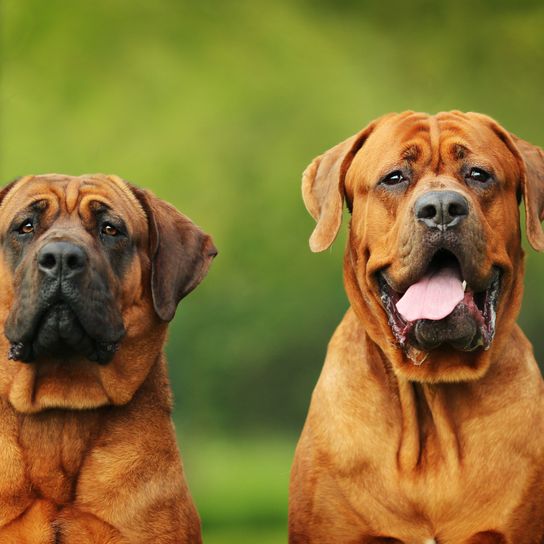

Health and breeding information
Breeding, acquisition and keeping of the Tosa Inu
If you want to buy a Tosa Inu, you can look at one of the few breeders. The VDH registers all breeders who offer animals with pedigree and papers. Please never buy a Tosa Inu puppy from dubious sources. The purchase price starts at 800 Euros for a healthy puppy with papers.
In animal protection this dog is rather rare to find, but you can try it anyway. At "Molosser in Not" you might find a Tosa or a comparable dog type with a little luck.
If you live in Germany and would like to keep a Tosa Inu, you have to ask your community whether it is subject to conditions.
In Switzerland, the breeding, importation and keeping of the Tosa Inu are prohibited in the cantons of Geneva and Valais. In Fribourg, Schaffhausen, Thurgau and Ticino you have to get permission to keep the Tosa Inu.
In Austria the Tosa is on the breed list in Vienna, Lower Austria and Vorarlberg. However, keeping the Tosa is possible with a special permit, a "dog handler's license" or a character test.
- Puppies from the breeder for 800+ Euros
- list dog in parts of D, A and CH

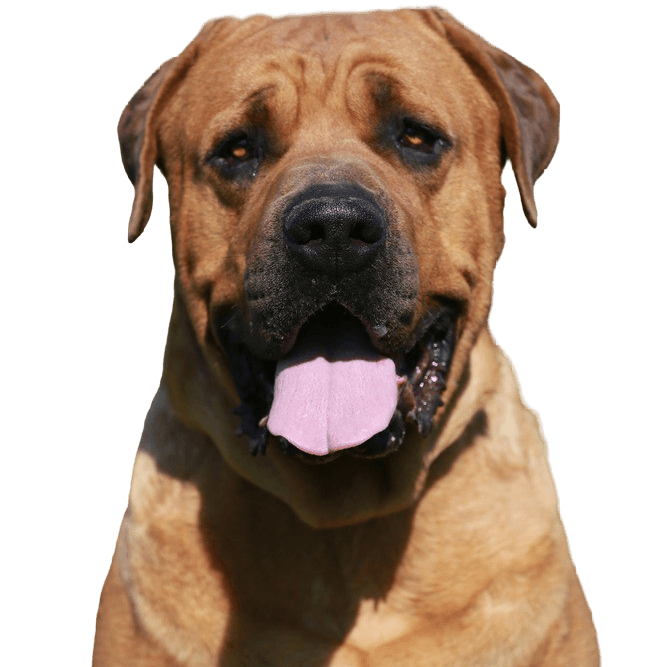
Appearance and coat of the Tosa Inu
Most often you can see this dog in the reddish brown colouring. But the Tosa is also available in cream, black and brindle. The head with the impressive wrinkles is inherited from the Mastiff. However, eyes and wrinkles hang down in a less extreme way. Their facial expression is present and expressive.
It can have white markings on the chest or belly. Muzzle and ears and the end of the medium-long tail can be dark. The Tosa stands on stable legs and has a strong but not overly muscular build. All in all it is a beautiful and harmonious dog, which would deserve a more positive attention.
- strong without being overly muscular
- mostly with red-brown fur
- more rarely cream, black or brindle
- harmonic appearance
Size, weight and life expectancy of the Tosa Inu
There is very little statistical data on the Tosa. According to the breeding standard, males should reach a withers height of at least 60 cm. In bitches 55 cm are desirable. The weight should be somewhere between 30 and 50 kg.
With good care and species-appropriate nutrition the Tosa can reach an age of up to 12 years.
| Fur length | short |
| Fur | flat coated |
| Ear shape | Triangle |
| Tail | lang |
| Anatomy | muscular, massive, strong |
| Size ♀ | 62 - 82 cm |
| Weight ♀ | 36 - 61 kg |
| Size ♂ | 62 - 82 cm |
| Weight ♂ | 36 - 61 kg |
| Suitable For | - |
Colors

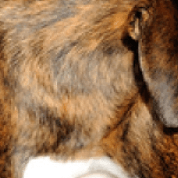





Other large dogs
Useful Articles
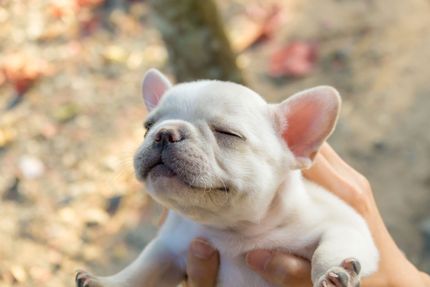
You can find articles that might interest you in the dogbible blog to match your favorite breed.
Visit our magazineto stay up to date on dog trends.
To find out more, view our Privacy Policy
Find here the breed that suits you and find out what character traits it has. Here you can also learn more about the origin, size and weight of your favorite breeds.
Matching your favorite breed, you'll find articles that might interest you on the dogbible dog blog.
Gastritis in dogs - cause, diagnosis and treatment
Travelling with a dog in a Camper - this is what you have to bear in mind!
